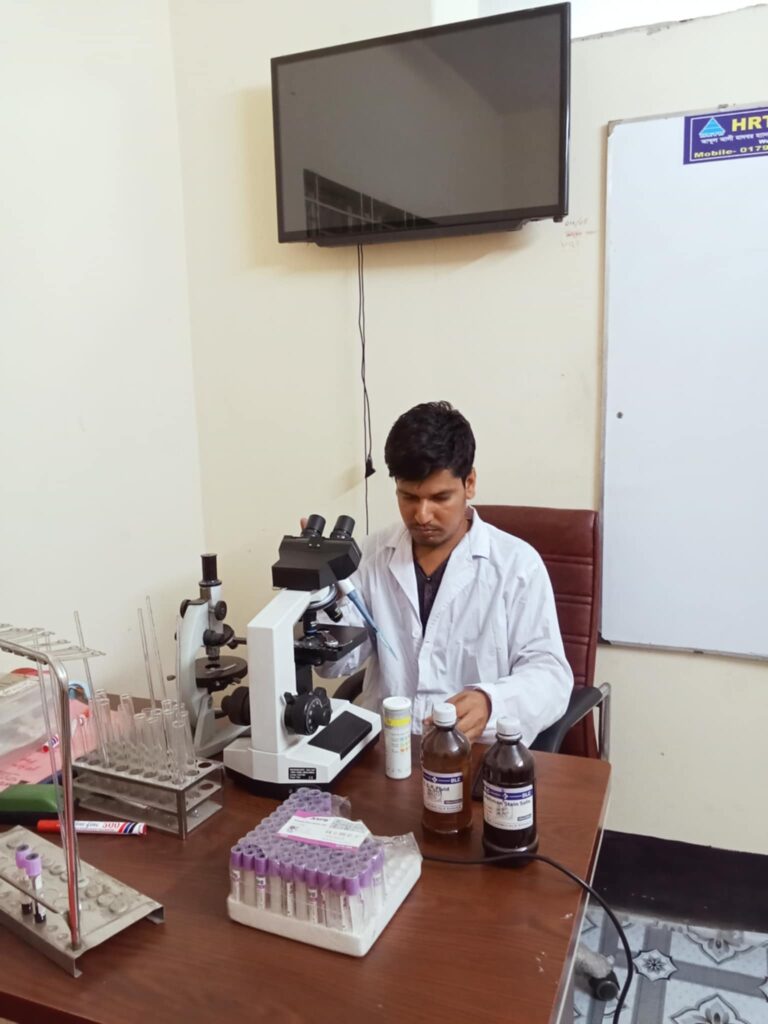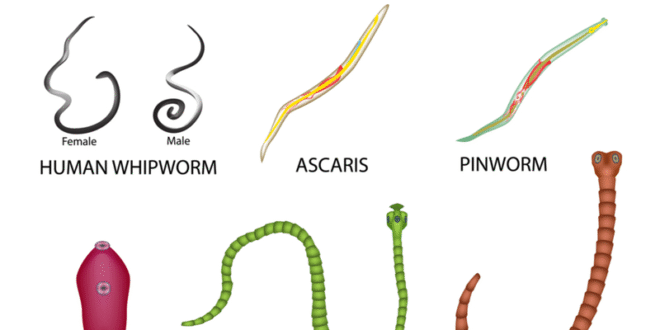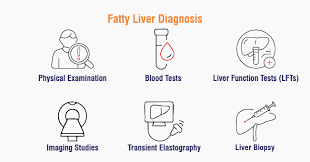Investigation of Helminths 01797522136

Introduction of Investigation of Helminths
Helminthic infections remain one of the most widespread public health problems across the world, particularly in tropical and subtropical regions where sanitation, clean water access, and public health infrastructures are still developing. Helminths, commonly referred to as parasitic worms, are multicellular organisms that infest human beings and animals, living within the gastrointestinal tract, blood, tissues, or other organs. The importance of understanding, investigating, and diagnosing helminthic infections cannot be overstated, as these parasites are responsible for considerable morbidity, impaired growth and development in children, and socioeconomic burdens in endemic countries.
The investigation of helminths involves a series of clinical, laboratory, and epidemiological approaches designed to identify the parasite, determine the severity of the infection, and guide appropriate treatment strategies. At HRTD Medical Institute, a leading center for medical education and training, emphasis is placed on equipping students and healthcare professionals with the knowledge and practical skills to investigate helminthic infections comprehensively. This not only helps improve patient care but also enhances public health strategies in Bangladesh and beyond.
This comprehensive content explores the biology, epidemiology, clinical features, diagnostic methods, challenges, and future perspectives of helminth investigations, integrating the essential role played by institutions such as HRTD Medical Institute.
Overview of Helminths
Definition and General Characteristics
Helminths are large, multicellular organisms belonging to the kingdom Animalia. Unlike protozoa, which are unicellular, helminths are complex parasites with developed organ systems. They are visible to the naked eye at their adult stage but often require microscopic examination during diagnosis, particularly when eggs, larvae, or small fragments are detected.
Helminths typically live in the human intestine, though many species can invade blood vessels, lymphatic systems, lungs, liver, and other tissues. The pathology caused by helminths results from direct mechanical damage, immune responses of the host, and nutritional competition.
Classification of Helminths
Helminths are classified into three major groups:
- Nematodes (Roundworms):
- Cylindrical, elongated, and unsegmented.
- Examples: Ascaris lumbricoides, Enterobius vermicularis, Trichuris trichiura, Ancylostoma duodenale, Strongyloides stercoralis.
- Cestodes (Tapeworms):
- Flat, segmented worms lacking a digestive system, absorbing nutrients directly from the host.
- Examples: Taenia saginata (beef tapeworm), Taenia solium (pork tapeworm), Diphyllobothrium latum, Echinococcus granulosus.
- Trematodes (Flukes):
- Flat, leaf-shaped parasites with suckers for attachment.
- Examples: Schistosoma haematobium, Schistosoma mansoni, Fasciola hepatica, Clonorchis sinensis.
Understanding these classifications is essential for accurate investigation, as the diagnostic approaches often differ between nematodes, cestodes, and trematodes.
Epidemiology and Public Health Significance
Helminthic infections affect over 1.5 billion people globally, particularly in Asia, Africa, and Latin America. In Bangladesh and South Asia, soil-transmitted helminths (STH) such as Ascaris, Trichuris, and hookworms are highly prevalent.
Key epidemiological factors include:
- Transmission: Often occurs through ingestion of contaminated food or water, contact with contaminated soil, or penetration of larval forms through the skin.
- Socioeconomic factors: Poverty, lack of clean water, poor sanitation, and limited healthcare facilities increase infection risk.
- At-risk groups: Children, rural communities, agricultural workers, and immunocompromised individuals.
The global burden of helminths manifests in malnutrition, iron-deficiency anemia, growth retardation, impaired cognitive development, and chronic organ damage. Institutions like HRTD Medical Institute contribute by educating healthcare workers on recognizing and managing these infections effectively.
Clinical Features of Helminthic Infections
The symptoms of helminthic infections vary depending on the species, location of infestation, and worm burden.
- Intestinal Helminths: Abdominal pain, diarrhea, nausea, vomiting, malnutrition, intestinal obstruction.
- Hookworms: Iron-deficiency anemia, fatigue, weakness.
- Schistosomes: Hematuria, portal hypertension, hepatosplenomegaly.
- Cestodes: Malabsorption, abdominal discomfort, neurological symptoms in neurocysticercosis.
- Strongyloides: Skin rashes, pulmonary symptoms, severe disseminated infection in immunocompromised hosts.
Clinical suspicion is often the first step that leads to laboratory investigations.
Principles of Investigation of Helminths
Investigation of Helminths involves multiple steps:
- Clinical evaluation: History taking (travel, occupation, sanitation habits) and symptom assessment.
- Sample collection: Stool, urine, blood, sputum, or tissue samples depending on suspected parasite.
- Laboratory analysis: Direct microscopy, concentration methods, staining, serology, molecular tests.
- Radiology and imaging: To detect organ involvement in hydatid disease or cysticercosis.
- Epidemiological studies: Mapping infection hotspots, transmission routes, and preventive strategies.
Laboratory Diagnostic Techniques
1. Direct Stool Examination
The most common method of helminth investigation. Fresh stool samples are examined microscopically for eggs, larvae, or adult worms. Saline and iodine wet mounts are used for identification.
2. Concentration Techniques
- Flotation techniques (e.g., zinc sulfate flotation): Useful for detecting light infections.
- Sedimentation techniques (e.g., formalin-ether concentration): Enhances sensitivity by concentrating eggs and larvae.
3. Staining Methods
- Kato-Katz technique: Recommended by WHO for quantitative assessment of soil-transmitted helminths and schistosomes.
- Acid-fast staining: Useful for differentiating certain parasite eggs.
4. Serological Tests
Detect parasite-specific antibodies or antigens. ELISA, immunoblot, and rapid diagnostic kits are widely used for schistosomiasis, filariasis, and echinococcosis.
5. Molecular Diagnostics
- Polymerase Chain Reaction (PCR): Detects parasite DNA with high sensitivity and specificity.
- Real-time PCR and sequencing: Enable genotyping and epidemiological studies.
At HRTD Medical Institute, students are trained in both conventional and modern diagnostic techniques to ensure proficiency in helminth investigations.
Imaging and Other Diagnostic Approaches
- Ultrasound: Detects cystic lesions in liver caused by Echinococcus.
- CT and MRI: Essential for diagnosing neurocysticercosis and hydatid disease.
- X-ray: May reveal intestinal obstruction due to large worm loads.
These imaging modalities complement laboratory findings, providing a comprehensive view of disease progression.

Case Studies / Examples
- Case of Ascariasis: A 7-year-old child presenting with abdominal pain and intestinal obstruction, diagnosed via stool microscopy and abdominal X-ray.
- Case of Hydatid Cyst: A farmer with hepatomegaly, diagnosed through ultrasound and confirmed by serology.
- Case of Neurocysticercosis: A young adult presenting with seizures, confirmed by MRI and serology.
Such examples are used in training sessions at HRTD Medical Institute to bridge theoretical learning with real-life scenarios.
Role of HRTD Medical Institute in Helminth Investigations
HRTD Medical Institute plays a vital role in advancing knowledge and diagnostic expertise in parasitology and helminthology:
- Education and Training: Offering structured modules on helminth investigation in medical and laboratory technology courses.
- Diagnostic Facilities: Providing modern microscopy, serology, and molecular testing facilities.
- Research Contribution: Supporting community-based surveys and projects on helminth epidemiology.
- Public Health Impact: Assisting government and NGOs in deworming campaigns and awareness programs.
Through these contributions, HRTD Medical Institute enhances the capacity of healthcare systems to combat helminthic diseases effectively.
Challenges and Limitations in Helminth Investigation
- Limited resources in low-income countries.
- Low sensitivity of stool microscopy in light infections.
- Cross-reactivity in serological tests.
- High cost and limited availability of molecular diagnostics.
- Patient compliance issues in sample collection.
HRTD Medical Institute emphasizes overcoming these challenges by combining affordable conventional methods with advanced technologies where feasible.
Future Directions and Advances
- Point-of-care rapid tests for field diagnosis.
- Next-generation sequencing for identifying mixed infections.
- Digital microscopy and AI-based diagnosis to enhance accuracy.
- Integrated control programs combining diagnostics, treatment, and prevention.
- Capacity building through institutions like HRTD Medical Institute to strengthen workforce expertise.
Conclusion
The investigation of helminths is a cornerstone of parasitology and clinical diagnosis, essential for controlling the global burden of helminthic infections. With a variety of diagnostic methods ranging from stool microscopy to molecular biology, healthcare professionals must be well-trained to choose and apply the appropriate technique.
HRTD Medical Institute stands as a leading institution in providing this training, integrating theory, laboratory practice, and community health initiatives to combat helminthic infections. By preparing competent healthcare workers, the institute contributes significantly to reducing the morbidity and mortality associated with helminthiasis in Bangladesh and beyond.
In conclusion, thorough investigation of helminths not only improves individual patient outcomes but also strengthens public health systems. With continued advancements, coupled with strong academic and institutional support from centers like HRTD Medical Institute, the future of helminth diagnostics and control appears promising.
 Pathology Training Institute in Bangladesh Best Pathology Training Institute in Bangladesh
Pathology Training Institute in Bangladesh Best Pathology Training Institute in Bangladesh





